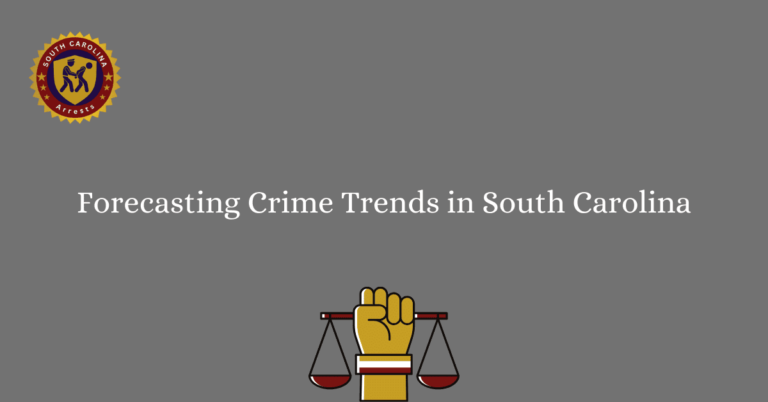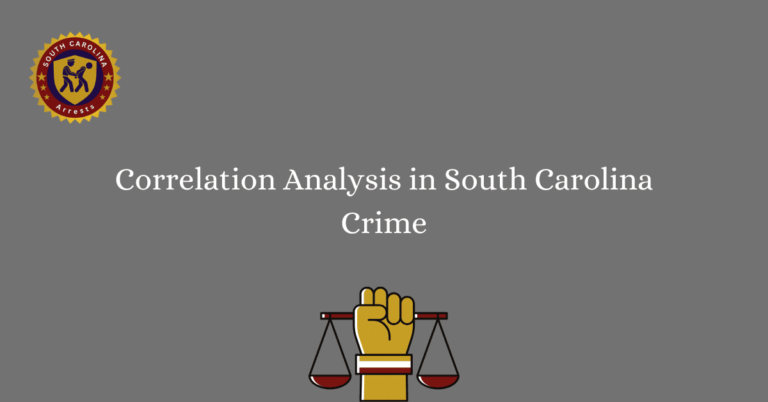Identifying Crime Hotspots in South Carolina
Crime hotspots in South Carolina can be a cause of concern for residents and law enforcement alike. By pinpointing these areas, it becomes possible to allocate resources more effectively and work towards reducing criminal activities. Understanding where these hotspots are located is crucial in devising strategies to combat crime and ensure the safety of communities.
Through data analysis and mapping techniques, it is possible to identify patterns and trends in crime occurrences across different regions of South Carolina. By focusing on these crime hotspots, law enforcement agencies can prioritize their efforts and collaborate with local communities to address underlying issues contributing to criminal activities. This proactive approach can lead to a safer environment for residents and visitors alike.
Crime Hotspots in South Carolina
South Carolina, like many states, has areas that are considered high-crime hotspots. Identifying these areas is crucial for law enforcement agencies and local communities to address crime effectively and implement preventive measures.
Importance of Identifying Hotspots
Identifying crime hotspots in South Carolina is essential for law enforcement agencies and community leaders to allocate resources effectively and focus on areas that need the most attention. By pinpointing these dangerous locations, authorities can develop targeted strategies to reduce crime rates and enhance public safety.
Analyzing Data for Insights
Law enforcement agencies utilize data analysis techniques to identify patterns and trends in crime rates across different neighborhoods in South Carolina. By mapping out crime data, authorities can gain valuable insights into where crimes are most prevalent and develop strategies to address these issues effectively.
Collaborating with Local Communities
Collaboration between law enforcement agencies and local communities is crucial in identifying and addressing crime hotspots. By working together, law enforcement officials and community members can share information, resources, and ideas to develop comprehensive crime prevention strategies that are tailored to specific neighborhoods.
Implementing Preventive Measures
Once crime hotspots are identified, law enforcement agencies can implement preventive measures such as increased patrols, community policing initiatives, and neighborhood watch programs. These proactive measures are designed to deter criminal activities and create a safer environment for residents.
Creating a Safer Environment
By focusing on crime hotspots and implementing preventive measures, law enforcement agencies aim to create a safer environment for all residents in South Carolina. Creating a sense of security and reducing crime rates can improve the quality of life for individuals and foster a sense of community well-being.
Enhancing Public Safety Strategies
Law enforcement agencies continuously evaluate and enhance public safety strategies to address crime hotspots effectively. By staying informed of the latest trends and technologies in crime prevention, authorities can adapt their strategies to meet the evolving needs of communities in South Carolina.
Targeted Approaches for Crime Reduction
Targeted approaches for crime reduction involve focusing resources and efforts on specific crime hotspots in South Carolina. By targeting these areas with specialized interventions, law enforcement agencies can effectively reduce crime rates and improve public safety outcomes.
Working Towards a Safer South Carolina
By identifying and addressing crime hotspots in South Carolina, law enforcement agencies, community leaders, and residents can work together towards creating a safer and more secure state. Through collaboration, data analysis, and targeted approaches, South Carolina can continue to make progress in reducing crime rates and enhancing public safety for all.
Frequently Asked Questions
Our Frequently Asked Questions section aims to provide you with detailed information on identifying crime hotspots in SC. Below, you will find answers to common queries related to this topic.
What are crime hotspots?
Crime hotspots are locations where crime rates are significantly higher than the surrounding areas. These areas often require increased policing and targeted interventions to address criminal activities effectively.
How are crime hotspots identified in SC?
Crime hotspots in SC are identified through various methods, including crime mapping, statistical analysis, and community input. Law enforcement agencies use data on reported crimes, trends, and patterns to pinpoint areas with high crime rates.
Why is it important to identify crime hotspots?
Identifying crime hotspots is crucial for law enforcement agencies to allocate resources efficiently, prevent criminal activities, and enhance public safety. By focusing on these areas, authorities can reduce crime rates and improve overall community well-being.
What factors contribute to the emergence of crime hotspots?
Several factors contribute to the emergence of crime hotspots, including poverty, unemployment, drug trafficking, lack of social services, and ineffective policing strategies. Understanding these underlying issues is essential for addressing crime effectively in these areas.
How can community members help identify crime hotspots?
Community members can help identify crime hotspots by reporting suspicious activities, collaborating with law enforcement agencies, participating in neighborhood watch programs, and advocating for improved safety measures. Building strong partnerships between residents and authorities is key to addressing crime effectively.
What strategies are implemented to address crime hotspots in SC?
Various strategies are implemented to address crime hotspots in SC, including increased police presence, targeted patrols, community engagement initiatives, crime prevention programs, and social interventions. These approaches aim to disrupt criminal activities, deter offenders, and create safer environments for residents.







